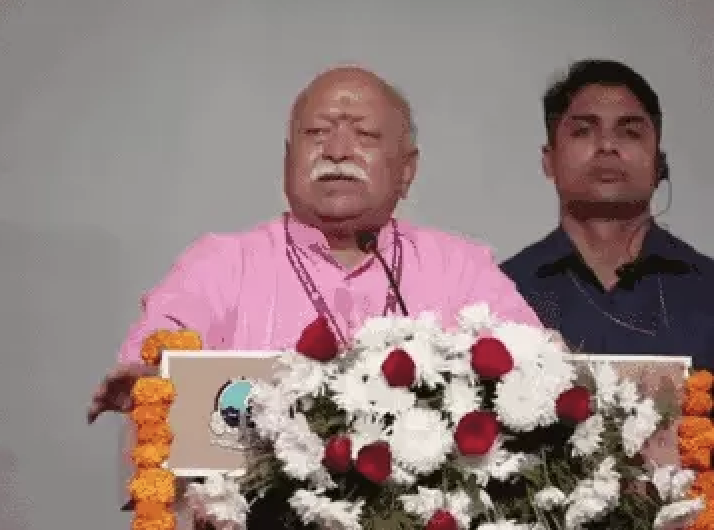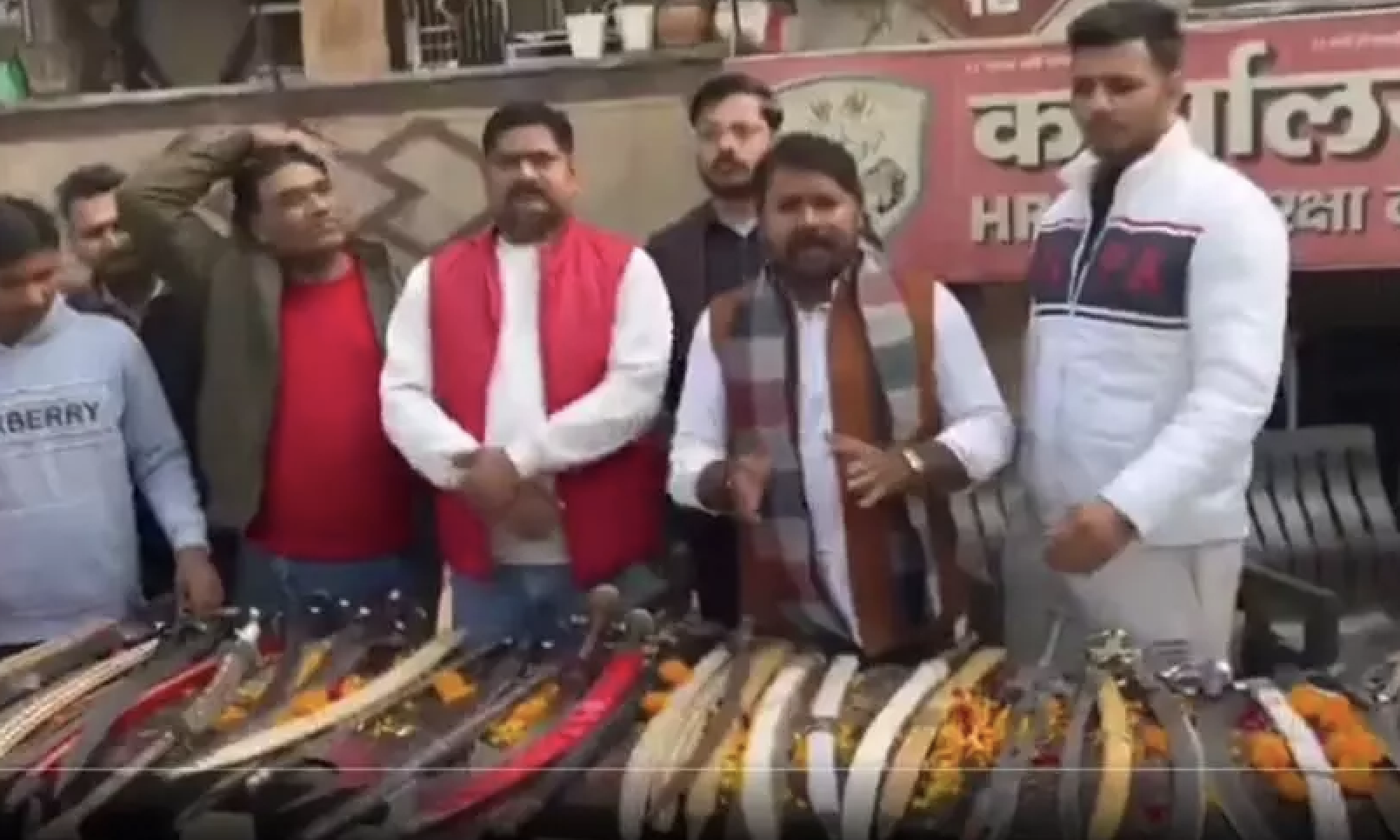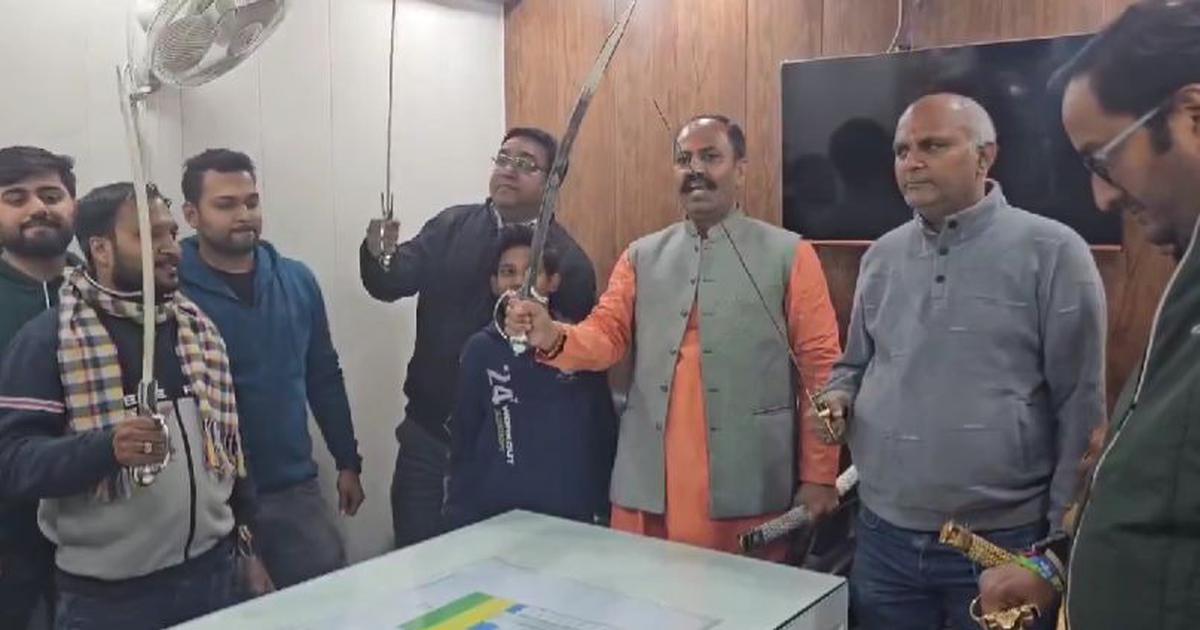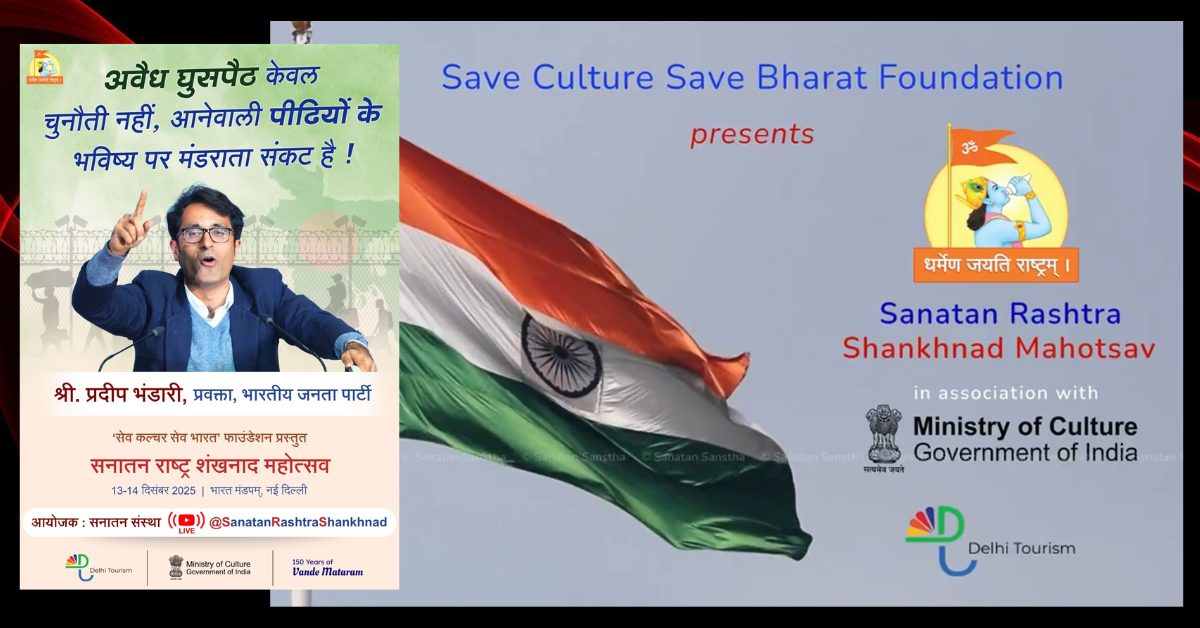
The political imbroglio over cows defies economic and political logic
The dreaded phenomenon of lynching of mostly the minorities and dalits in the name of the holy cow is just a curtain raiser for the Hindu nationalist project, led by the Bharatiya Janata Party (BJP) and its co-travellers, as they attempt to redefine India as a Hindu Rashtra.
Shrikant Sharma, the Minister in the Adityanath Cabinet in Uttar Pradesh has announced a scheme whereby those tending stray cattle will be paid Rs 30 a day. The government has announced a Rs 110 crore budget for this. This budget is supposed to take care of the menace posed by stray cattle, mostly cows, who have been creating havoc in the farmlands. The numbers of strays are rising because of the vicious campaign carried out by cow vigilantes over the last few years. Stray cattle are now bringing huge losses to farmers who confront an already sagging agrarian economy. Many traffic accidents are also taking place when stray cows wander on to roads and highways.
In its election manifesto for the 2019 elections, the BJP promised a a National Cow Commission, or Rashtriya Kamdehenu Aayog, with a Rs 500 crore budget. This commission will set up ‘Kamdhenu Chairs’ in universities that will raise awareness about cows and their uses. One of its proposals is to set up housing colonies around cowsheds, which will also feature medical shops to supply products derived from cow dung, cow urine and cow’s milk.
The development of a rural economy in which cattle is utilised in a more organised and scientific way is welcome. The question is, why single out cows as the only variety of cattle for this honour? The BJP’s assurance, for this reason, appears to be a purely political ploy.
Another fallout of cow vigilantism is the coming up of groups involved in extorting cattle traders and transporters. Niranjan Takle, an investigative journalist, has reported that the going rate to transport each commercial vehicle ferrying cows is Rs 15,000. To transport buffaloes involves paying Rs 6,500 per truck to the extorters. Takle posed as a cattle trader to expose this extortion network, which has links with the leather trade. After the animal is slaughtered, the leather is sold to a middleman, who sells it further to leather dealers and manufacturers who make a living out of leather products.
The vigilante groups have taken over the normal supply chain of the leather business and resort to intermittent violence to generate fear among traders and suppliers. In this way they ensure that their extortion racket goes unchallenged.
While India is among the worse-off countries in terms of lynching incidents, it is also emerging as the top exporter of beef. (Beef, in the Indian export context, refers to buffalo and not cow meat. Only a small proportion of Indian meat export is beef derived from cows.) Contrary to popular perceptions, the biggest meat exporters are not Muslims but a large number of them are Hindus or Jains. Some of the leading beef exporters, such as Al Kabeer, Arabian Exports, Al-Noor, have names that suggest a Muslim might be their owner. Yet, most of these are owned by Hindus or Jains, and adopt Muslim-sounding names in order to cater to the countries that import their products. Notwithstanding this, often the members of some of these communities have opposed meat exports, while the exports continue.
Very often, the holiness of the cow is emphasised and a brouhaha is created over beef in order to polarise people. Usually, it is dalits and Muslims who become victims of attacks in the name of the cow. The BJP claims that no major riot has taken place during its rule but the low-intensity violence and lynching around cows and beef have been marshalled to achieve the political purpose that riots are said to serve according to many social scientists. In fact, it can be argued that low-intensity fear has an even greater propensity to spread dread among the minorities.
Cows, as is well known, were sacrificed during the Vedic period of India’s history and beef was a common item of consumption. Apart from the scholarly works of constitutionalist and first law minister BR Ambedkar (Who were the Shudras) and the historian of ancient and medieval India DN Jha (Myth of Holy Cow), even Swami Vivekananda draws our attention to these facts. The cow was also ritually sacrificed in the Vedic era. While addressing a gathering in the United States, Vivekananda had said, “You will be astonished if I tell you that, according to old ceremonials, he is not a good Hindu who does not eat beef. On certain occasions he must sacrifice a bull and eat it.” (The Complete Works of Swami Vivekananda, Vol 3, 1997)
While the prevalent form of Hindu nationalism draws mainly from the Rashtriya Swayamsevak or RSS handbook, the other main Hindu nationalist stream in India has been propagated by the Hindu Mahasabha. This is the organisation which VD Savarkar, who formulated the idea of Hindutva, or Hindu-ness, belonged to. Savarkar is considered an inspirational figure by the RSS and its outfits, but even his opinion on cows was at great variance with what is being forced upon people today. Savarkar had said that the cow is the mother of bulls, not of humans. He had also considered it a useful animal that should be treated in terms of its utility.
In Vigyan Nishta Nibandh, his pro-science essays, Savarkar writes that cows should be protected because they are useful to human beings and not because they are divine. However, at the moment, of the two streams of Hindu nationalism, represented by RSS and Hindu Mahasabha, it is RSS which is ruling the roost and therefore using cows to divide the society along identity.
Interestingly, the BJP is causing mayhem in the name of cow in North India but is quiet on this issue in Kerala, Goa and the North-East states, where beef is also consumed.
Rajendra Prasad, the first President of independent India, approached Mahatma Gandhi with an appeal to ban cow slaughter. Gandhi’s reply represents the ideal that should still guide our plural society, “In India, no law can be made to ban cow slaughter. I do not doubt that Hindus are forbidden the slaughter of cows. I have long pledged to serve the cow, but how can my religion also be the religion of the rest of the Indians? It will mean coercion against those Indians who are not Hindus…. It is not as if there were only Hindus in the Indian Union. There are Muslims, Parsis, Christians, and other religious groups here. The assumption of the Hindus that India has now become the land of the Hindus is erroneous. India belongs to all who live here.”
While the country awaits welfare measures to raise human development indices, the BJP is steadfast on allocating budgets to tending cows and promoting pseudo-science via fake research. These, in no way, serve the real needs of a growing and populous nation.
This story first appeared on NewsClick.in here.






